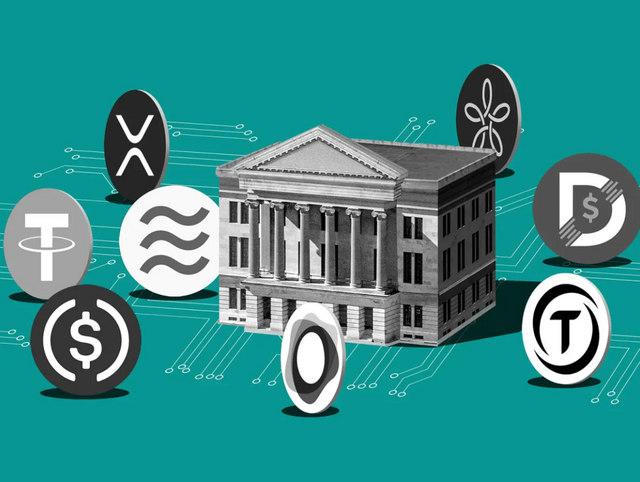Why is the fear of stablecoins growing and giving new impetus to CBDCs?

source
Fear of stablecoins has increased in recent years due to various concerns, giving new impetus to central bank digital currencies (CBDCs). These concerns include:
Financial Stability: Stablecoins, although they are designed to maintain a stable value, are not risk-free. If a stablecoin loses its peg to the underlying asset (for example, the US dollar), it could trigger a loss of confidence and potentially cause turbulence in financial markets.
Regulation and Supervision: Stablecoins often operate in an uncertain regulatory environment. The lack of clear and adequate oversight can increase the risk of fraud, money laundering and terrorist financing.
Counterparty Risk: Stablecoin users depend on the issuing entity to maintain value parity. If the issuing entity faces financial or management problems, users could lose access to their funds or face a devaluation of their assets.
Competition with National Currencies: Stablecoins have the potential to compete with national currencies, which could make it difficult for central banks to implement monetary policies. If stablecoins become widely used, they could reduce the effectiveness of traditional monetary policy tools.
These factors have led central banks to accelerate the development of their own digital currencies (CBDC) for several reasons:
Control and Supervision: CBDCs allow central banks to maintain direct control over money supply and monetary policy, mitigating the risks associated with the widespread adoption of private stablecoins.
Financial Stability: By issuing a digital currency backed and regulated by the central bank, greater stability and confidence in the financial system can be guaranteed.
Financial Inclusion: CBDCs have the potential to improve financial inclusion by providing access to digital financial services to unbanked and underbanked people.
Payment Efficiency: CBDCs can facilitate faster and more efficient payments, both domestically and internationally, reducing the costs and time associated with traditional transactions.
In summary, increasing concerns around stablecoins have led central banks to consider CBDCs as a safe and controlled alternative, capable of preserving financial stability and improving the effectiveness of monetary policy.
